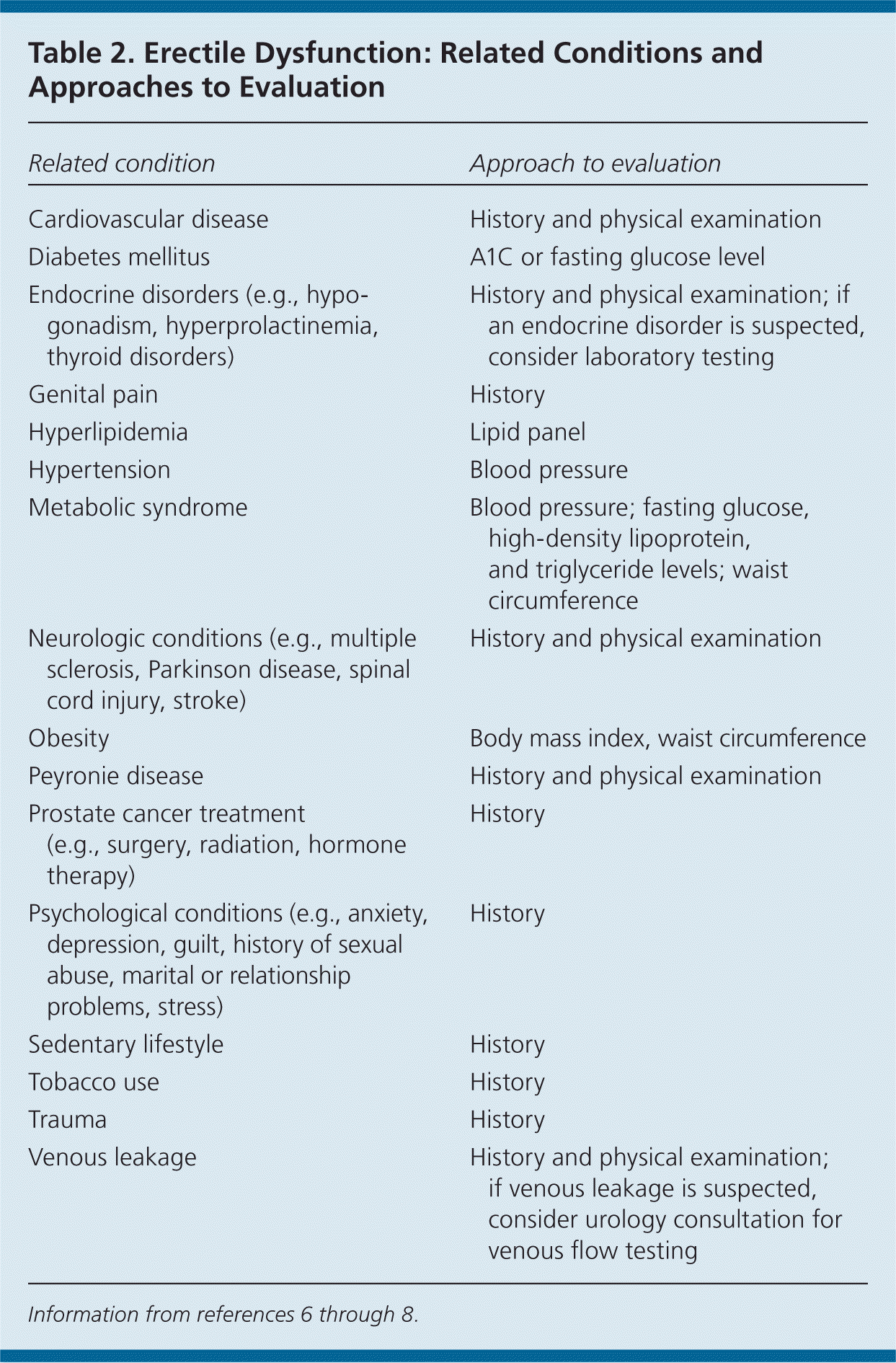Revolutionizing Communication: The Rise Of AI-Powered Language Tools
페이지 정보
작성자 Steve 작성일25-07-10 07:32 조회13회 댓글0건관련링크
본문
Within the digital age, language has become more than just a means of communication; it's a bridge that connects cultures, ideas, and innovations. As we navigate by way of an more and more interconnected world, the demand for effective communication instruments has surged. Current advancements in synthetic intelligence (AI) have led to the event of sophisticated language instruments that not solely enhance our potential to speak but in addition break down boundaries that have traditionally hindered understanding. This article explores the demonstrable advances in AI-powered language instruments and their impression on global communication.
One of the most significant developments in language know-how is the development of AI-pushed translation services. Traditional translation strategies typically struggle with nuances, idioms, and cultural context, leading to misinterpretations and misunderstandings. If you beloved this posting and you would like to receive more details concerning fast erectile dysfunction treatment methods kindly take a look at the web-site. Nevertheless, trendy AI translation tools, equivalent to Google Translate and DeepL, utilize neural machine translation (NMT) algorithms that analyze vast quantities of data to provide more accurate and context-conscious translations. These tools constantly study from person interactions, improving their accuracy over time. As an example, Google Translate has expanded its capabilities to incorporate over one hundred languages and may translate text in actual-time by means of cell purposes, making it simpler for travelers and businesses to speak throughout language limitations.
In addition to translation, AI language instruments have made important strides in pure language processing (NLP). NLP allows machines to understand, interpret, and generate human language in a way that's each significant and contextually related. This expertise underpins various purposes, from chatbots and virtual assistants to content material era instruments. For instance, OpenAI's ChatGPT has gained reputation for its capability to interact in human-like conversations, answer questions, and provide suggestions. Companies are increasingly adopting chatbots powered by NLP to reinforce customer service, streamline communication, and improve person experiences. These AI-pushed solutions can handle a multitude of inquiries simultaneously, offering on the spot help while freeing human brokers to tackle extra complicated issues.
Another remarkable development is the emergence of AI writing assistants. Tools like Grammarly and ProWritingAid leverage AI to research writing for grammar, model, and readability. These functions not solely right errors but in addition supply strategies for enhancing the general high quality of writing. With options like tone detection and readability evaluation, they empower customers to communicate extra successfully, whether or not in skilled emails, educational papers, or artistic writing. The integration of AI in writing instruments has democratized entry to excessive-high quality writing help, permitting individuals from numerous backgrounds to enhance their communication expertise.
Furthermore, AI language tools are breaking down accessibility boundaries for individuals with disabilities. Speech recognition know-how has superior significantly, enabling users to dictate text and control units using their voice. This has been significantly helpful for people with mobility impairments or circumstances resembling dyslexia. Tools like Dragon NaturallySpeaking and Microsoft’s Dictate enable customers to compose emails, write paperwork, and navigate the online hands-free. Additionally, AI-driven text-to-speech purposes present auditory support for people with visible impairments, making written content accessible to a broader viewers.
The affect of AI-powered language tools extends past individual customers; they are reworking industries and reshaping the way in which organizations operate. In the worldwide business panorama, firms are leveraging these instruments to reinforce collaboration amongst various teams. AI translation companies facilitate seamless communication between workers who speak completely different languages, fostering a more inclusive work surroundings. Furthermore, businesses can analyze buyer suggestions and sentiment by NLP, gaining helpful insights into client preferences and behavior. This information-pushed method enables organizations to tailor their products and services to satisfy the wants of various markets.

Training is another sector experiencing a revolution resulting from AI language instruments. Language studying applications, similar to Duolingo and Babbel, employ AI algorithms to personalize studying experiences based on individual progress and proficiency levels. These tools present interactive exercises, gamified studying, and real-time suggestions, making language acquisition partaking and effective. Additionally, AI-driven tutoring platforms can assess college students' writing and supply constructive feedback, helping learners improve their language abilities at their very own pace.

Despite these advancements, it is crucial to acknowledge the challenges and limitations related to AI language instruments. Whereas they've made vital strides in accuracy and usability, they aren't infallible. AI programs can perpetuate biases current in coaching data, leading to skewed translations or inappropriate recommendations. Furthermore, the reliance on automated tools may hinder the development of important language abilities, notably amongst students who might rely too heavily on know-how for assistance.
As we glance to the longer term, the potential for AI-powered language instruments is huge. Ongoing analysis and growth purpose to boost the capabilities of those tools, making them even more intuitive and conscious of user wants. Improvements in machine learning, deep studying, and linguistic analysis will continue to drive enhancements in translation accuracy, contextual understanding, and consumer engagement.
In conclusion, the rise of AI-powered language instruments marks a big development in our skill to communicate effectively throughout linguistic and cultural divides. From translation providers to writing assistants and accessibility options, these instruments are reshaping the panorama of communication within the digital age. As know-how continues to evolve, it is essential to approach these developments with a vital eye, making certain that we harness their potential whereas addressing the challenges they present. Ultimately, the aim is to create a world where language is no longer a barrier however a bridge that connects us all.
댓글목록
등록된 댓글이 없습니다.